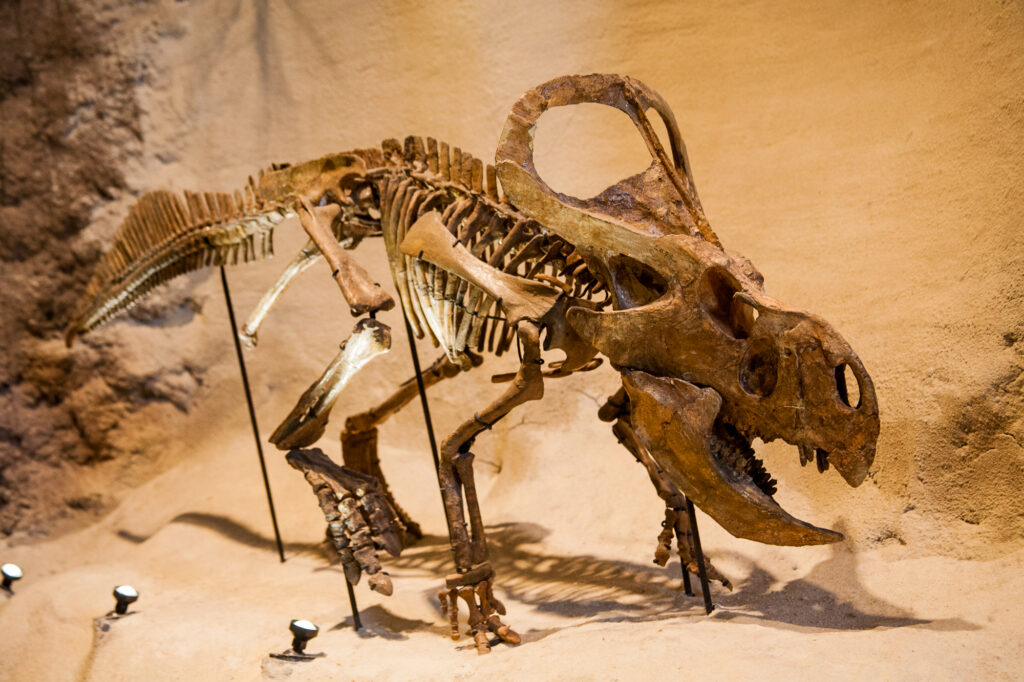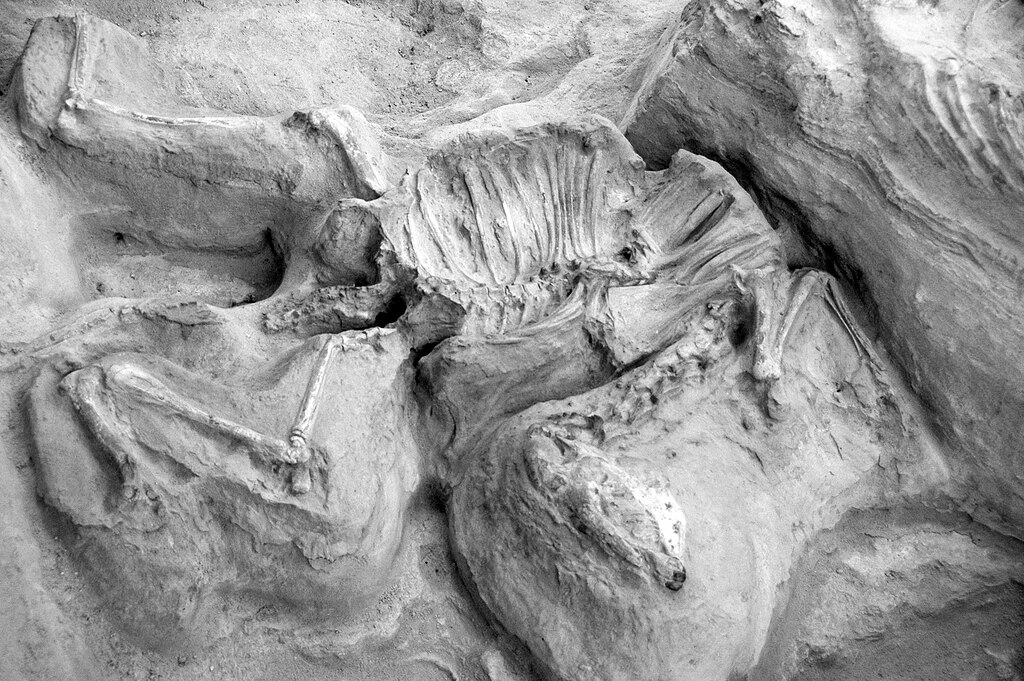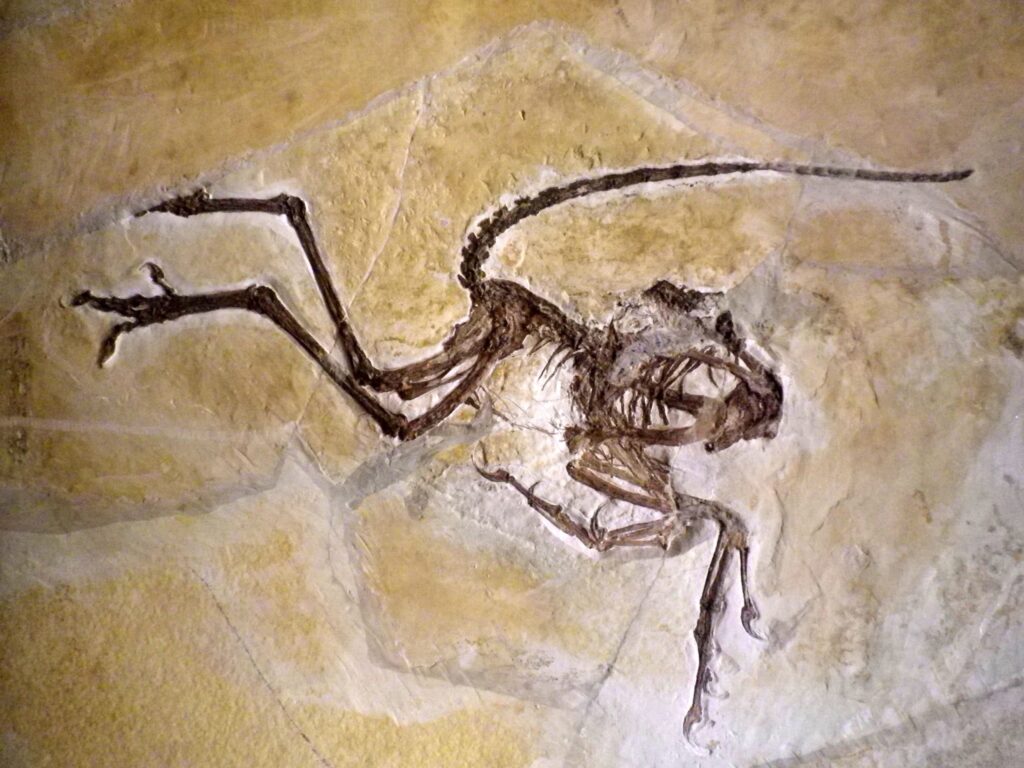The unearthing of mysterious bones that would eventually be identified as dinosaur remains has dramatically shaped our understanding of Earth’s biological history. These discoveries not only revolutionized paleontology but also sparked intense debates about the origin and development of life on our planet. As scientists pieced together evidence of creatures that roamed the Earth millions of years ago, religious and scientific communities grappled with reconciling these findings with existing beliefs about creation. The story of dinosaur discovery is intertwined with the broader narrative of how we came to understand evolution, making it a fascinating intersection of science, history, and philosophy. This tension between evolutionary theory and traditional creation accounts continues to influence public discourse, education systems, and personal worldviews to this day.
Early Discoveries and Misinterpretations
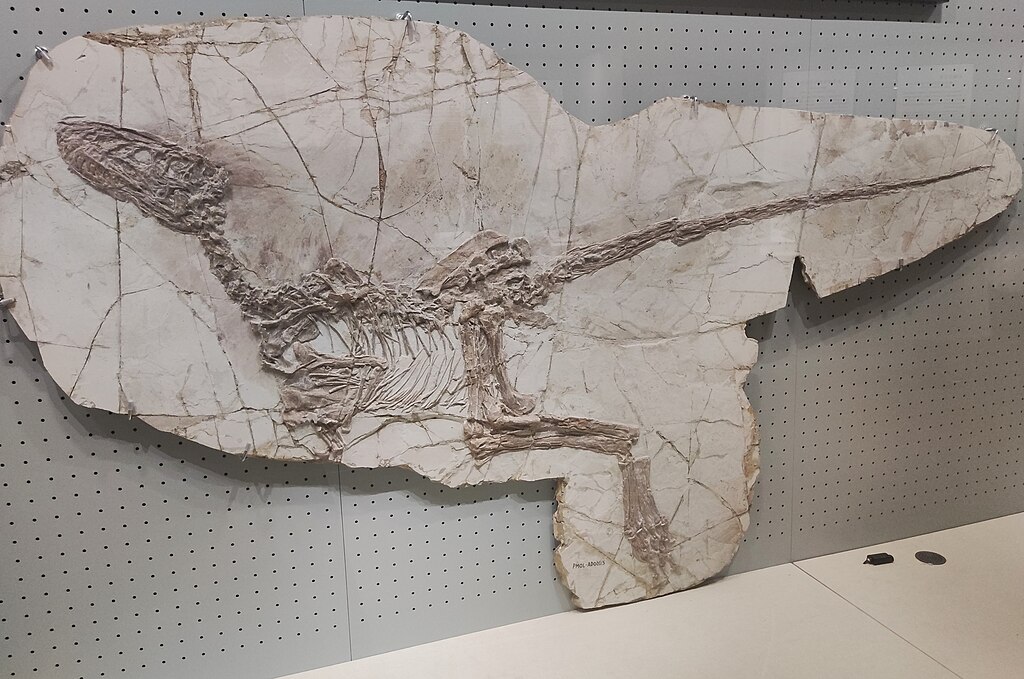
Before the concept of dinosaurs was established, mysterious large bones found throughout history were often misinterpreted through the lens of existing knowledge. In ancient China, fossilized remains were thought to be dragon bones and used in traditional medicine. European discoveries in the 17th and 18th centuries were frequently attributed to biblical giants or elephants carried by Roman armies. Robert Plot, an English naturalist, described a large thigh bone in 1677 that he attributed to a giant human, but which was likely from a dinosaur. Even after a more systematic study began, early paleontologists struggled to conceptualize creatures so different from any known living animals. This period of discovery reflects how humans attempt to understand new information within existing frameworks, foreshadowing the greater conceptual challenges that would emerge when dinosaurs were recognized as distinct prehistoric creatures.
Mary Anning and the Birth of Paleontology
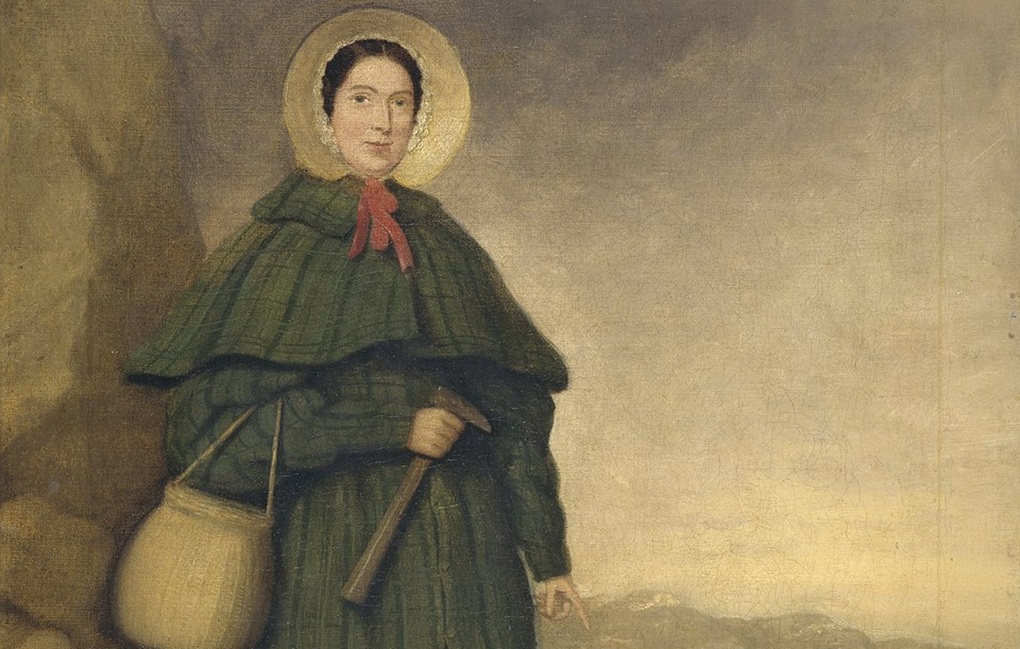
Mary Anning, often overlooked in historical accounts despite her tremendous contributions, revolutionized our understanding of prehistoric life through her discoveries along the Jurassic Coast of England in the early 19th century. Working in dangerous conditions on unstable cliffs, this self-taught paleontologist uncovered the first complete ichthyosaur skeleton to be correctly identified, followed by the first plesiosaur and pterodactyl found in Britain. Despite facing significant gender and class barriers in the scientific community, Anning’s meticulous work provided crucial evidence of extinct species that lived millions of years before humans. Her findings challenged the prevailing notion that species remained unchanged throughout history, contributing valuable specimens and observations that would later support evolutionary theory. Many prominent geologists and natural scientists of the era visited Anning to learn from her expertise, though she rarely received formal credit in scientific publications that utilized her discoveries.
The Bone Wars: Scientific Rivalry and Discovery
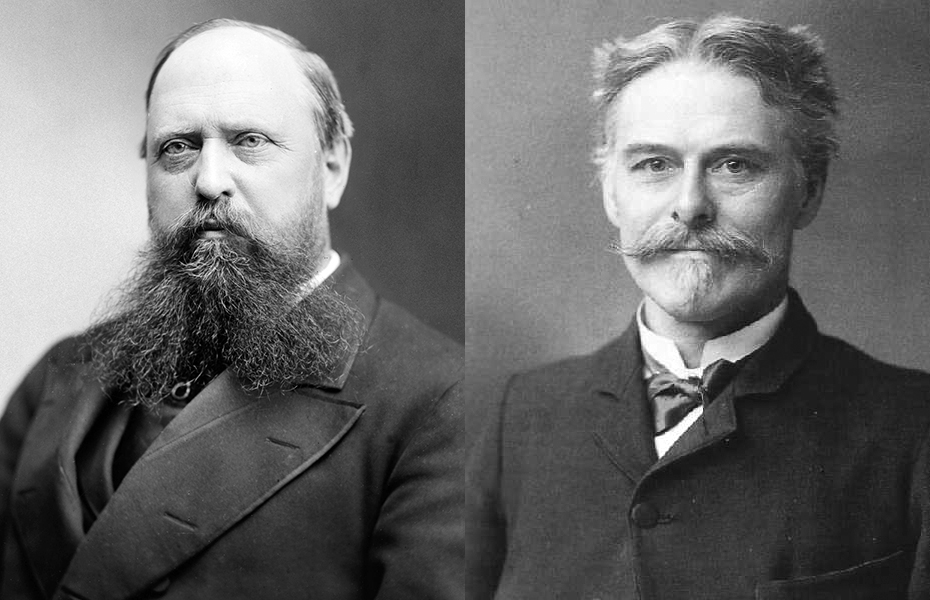
The so-called “Bone Wars” of the late 19th century represented one of the most productive yet destructive scientific rivalries in American history. Two paleontologists, Othniel Charles Marsh of Yale and Edward Drinker Cope of the Academy of Natural Sciences in Philadelphia, engaged in a fierce competition to discover and name new dinosaur species across the American West. Their bitter feud led to rushed excavations, destroyed specimens, theft of dig sites, and even espionage as each sought to outdo the other. Despite their unethical methods, the rivalry resulted in the discovery of more than 142 new species of dinosaurs and dramatically expanded the scientific catalog of prehistoric life. Both men eventually died financially ruined by their obsessive competition, but their combined work established American paleontology as a leading field in dinosaur research. The Bone Wars significantly accelerated public interest in dinosaurs, transforming these prehistoric creatures into objects of fascination in museums and popular culture.
The Impact of Darwin’s Theory

Charles Darwin’s publication of “On the Origin of Species” in 1859 created a framework that would forever change how dinosaur discoveries were interpreted. Darwin’s theory of natural selection provided the first comprehensive scientific explanation for how species could change over time through inheritable variations that offered survival advantages. This revolutionary concept offered paleontologists a coherent explanation for the progression of fossil forms observed in rock layers and helped them understand dinosaurs not as anomalies but as links in an evolutionary chain. The timing was particularly significant, as major dinosaur discoveries were occurring simultaneously with the spread of evolutionary theory, allowing scientists to place these extinct creatures within a logical biological narrative for the first time. For religious communities, however, Darwin’s mechanism for biological change presented a profound challenge, as it suggested a natural process for life’s diversity rather than direct divine creation of each species. This tension created the foundation for debates that continue to this day about how to interpret the increasingly detailed fossil record.
Religious Responses to Dinosaur Discoveries

Religious communities responded to dinosaur discoveries with varying approaches, from outright rejection to thoughtful integration with faith traditions. Some religious leaders and scholars embraced the concept of an ancient Earth, suggesting that the “days” mentioned in Genesis could represent vast epochs of time rather than literal 24-hour periods. This “day-age” interpretation allowed for dinosaurs to exist millions of years before humans while maintaining biblical chronology. Others developed the “gap theory,” proposing that an unspecified time gap existed between the initial creation and the six days described in Genesis, during which dinosaurs might have lived and become extinct. More conservative interpretations maintained that dinosaurs and humans coexisted, either before Noah’s flood or as passengers on the Ark, with extinction occurring afterward. These various responses reflect the challenge that fossil evidence posed to traditional biblical timelines and the creative theological work undertaken to reconcile scientific discoveries with religious texts. The diversity of responses within religious communities demonstrates that the “conflict thesis” between science and religion oversimplifies a more complex relationship.
The Age of the Earth Controversy

The discovery of dinosaur fossils became central to a profound scientific and religious controversy regarding Earth’s age. By the mid-19th century, geologists had established evidence for an Earth far older than the roughly 6,000 years calculated from biblical genealogies by scholars like Archbishop James Ussher. Radiometric dating techniques developed in the 20th century would eventually confirm an age of approximately 4.5 billion years for our planet. Dinosaur fossils, found in rock layers requiring millions of years to form, became compelling evidence against a young Earth interpretation. This challenged literal readings of Genesis and forced theological reconsideration of creation timelines. Young Earth creationists responded by questioning radiometric dating methods and proposing alternative explanations for geological formations, suggesting they resulted from Noah’s flood rather than gradual processes over millions of years. The debate around Earth’s age continues to represent one of the most direct points of tension between certain religious interpretations and mainstream scientific consensus, with dinosaur fossils serving as tangible evidence at the center of this controversy.
Dinosaurs in the Classroom: Educational Controversies

The teaching of dinosaurs and evolutionary theory in public schools has sparked significant controversy across various education systems worldwide. In the United States, the famous 1925 Scopes “Monkey Trial” represented an early legal battle over teaching evolution, with subsequent court cases addressing similar conflicts between religious beliefs and science education. School boards in multiple states have debated whether to require disclaimers in textbooks stating that evolution is “just a theory” or to mandate the teaching of alternative explanations like Intelligent Design alongside evolutionary science. These controversies have placed teachers in difficult positions, sometimes leading to self-censorship about evolutionary concepts or dinosaur timelines to avoid conflict with parents or administrators. Educational researchers have documented how these tensions can impact student understanding, with some students compartmentalizing school learning about evolution separately from their personal beliefs rather than integrating this knowledge. Museums with dinosaur exhibits have also navigated these controversies, with some natural history institutions developing special programs to help religious visitors interpret exhibits through both scientific and faith-based perspectives.
Young Earth Creationism and Dinosaur Explanations

Young Earth Creationism (YEC) offers several distinctive explanations to accommodate dinosaurs within a biblical timeline that places Earth’s creation approximately 6,000 years ago. Proponents suggest that dinosaurs were created on the fifth or sixth day alongside other animals and coexisted with humans before becoming extinct, possibly due to environmental changes following Noah’s flood. Some YEC advocates point to ancient artwork, like carvings at Cambodia’s Ta Prohm temple or Native American petroglyphs, as potential evidence of human-dinosaur interaction, though mainstream archaeologists interpret these images differently. The Creation Museum in Kentucky notably features exhibits showing humans and dinosaurs living contemporaneously, directly challenging conventional scientific chronology. To explain how dinosaur fossils appear in rock layers seemingly millions of years old, YEC theorists propose that the global flood described in Genesis created geological formations rapidly rather than through slow processes, and that radiometric dating methods are fundamentally flawed. These interpretations represent an alternative framework for understanding prehistoric life that prioritizes biblical authority over conventional scientific methodology.
Theistic Evolution as a Middle Ground

Theistic evolution has emerged as a significant middle-ground position embraced by many scientists of faith and religious denominations seeking to reconcile evolutionary evidence with religious belief. This perspective accepts mainstream scientific findings about dinosaurs living millions of years ago and the evolutionary development of species, while maintaining that God works through these natural processes to fulfill divine creative purposes. Organizations like BioLogos, founded by renowned geneticist Francis Collins, actively promote the compatibility of evolutionary science with Christian faith, arguing that scripture was never intended to teach scientific chronology. Many major religious denominations, including most mainline Protestant churches, the Catholic Church, and Reform Judaism, have officially recognized evolutionary science as compatible with their theological understandings. Theistic evolutionists often emphasize that science addresses the “how” questions of creation while religion addresses the “why,” suggesting these are complementary rather than competing explanations. This perspective allows believers to fully embrace paleontological discoveries while maintaining that the evolutionary process itself reflects divine intention and guidance.
The Rise of Intelligent Design
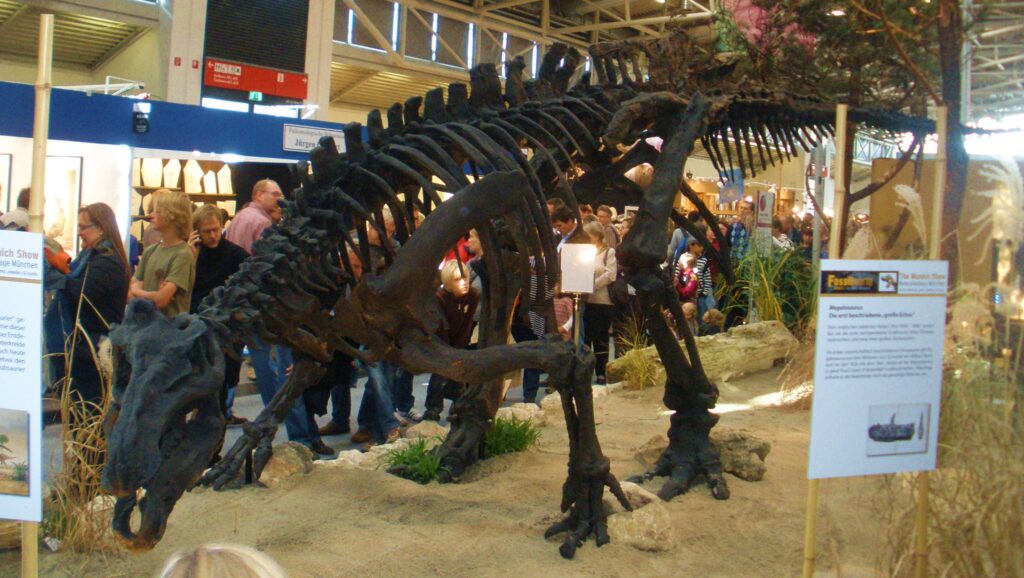
Intelligent Design (ID) emerged in the 1990s as a movement arguing that certain features of the universe and living things are best explained by an intelligent cause rather than unguided natural processes. Proponents like biochemist Michael Behe and mathematician William Dembski developed concepts such as “irreducible complexity” and “specified complexity” to suggest that some biological systems could not have evolved gradually through natural selection. Unlike traditional creationism, ID typically accepts the ancient age of dinosaur fossils but questions whether evolutionary mechanisms alone can explain the diversity of life. Critics, including the vast majority of mainstream scientists, argue that ID represents creationism repackaged in scientific-sounding language to circumvent legal restrictions on teaching religion in public schools. This criticism gained legal support in the 2005 Kitzmiller v. Dover Area School District case, where a federal judge ruled ID was not science but a form of religious advocacy. Despite this setback, ID continues to influence public perception of evolution and maintains a significant following through organizations like the Discovery Institute, which promotes ID through publications, conferences, and media outreach.
Modern Scientific Consensus and Dinosaur Knowledge
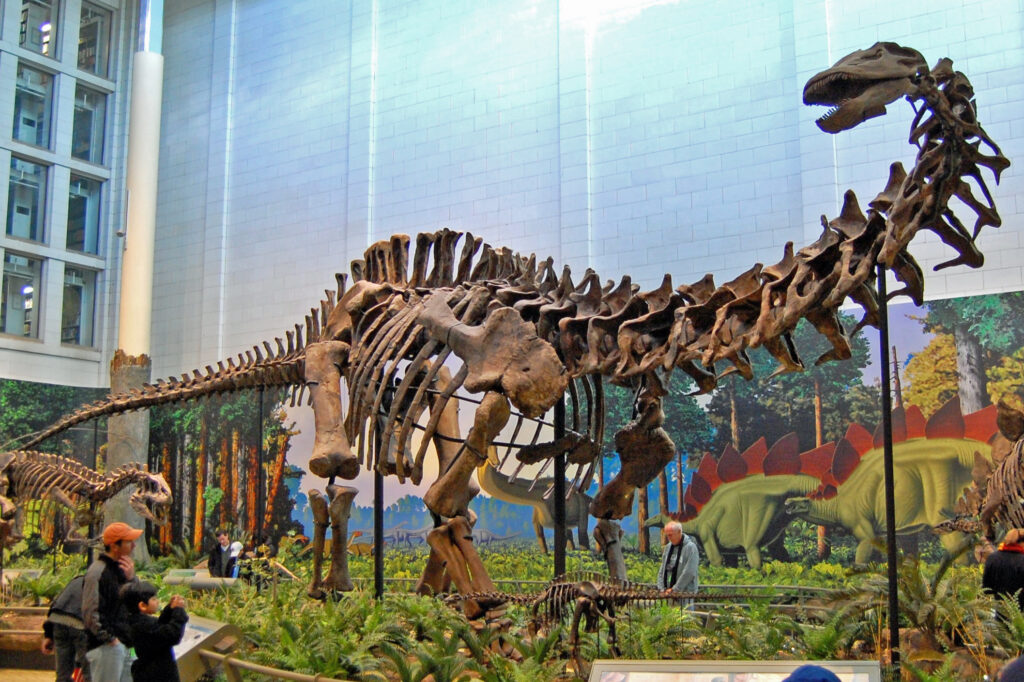
The modern scientific consensus on dinosaurs represents the culmination of nearly two centuries of rigorous research and continues to evolve with new technologies and discoveries. Paleontologists now understand dinosaurs as a diverse group of animals that dominated terrestrial ecosystems for approximately 165 million years during the Mesozoic Era, from about 245 to 66 million years ago. Advanced imaging techniques, molecular studies, and computational methods have revolutionized our understanding of dinosaur physiology, behavior, and appearance, revealing that many species likely had feathers and were more closely related to modern birds than previously thought. The extinction of non-avian dinosaurs is widely attributed to the catastrophic impact of an asteroid in what is now the Yucatán Peninsula, combined with ongoing volcanic activity and climate change. The scientific methods underlying these conclusions include radiometric dating, comparative anatomy, sedimentology, and increasingly, analysis of preserved proteins and other biomolecules that provide direct evidence of evolutionary relationships. This robust scientific framework is supported by multiple, independent lines of evidence and represents the consensus view across scientific disciplines, regardless of the personal religious beliefs of individual scientists.
Public Understanding and Media Representation

Media representations of dinosaurs have profoundly shaped public understanding of these ancient creatures and the scientific concepts related to them. Films like “Jurassic Park” dramatically increased popular interest in paleontology while simultaneously creating misconceptions about dinosaur appearance and behavior that scientists have worked to correct. Surveys consistently show that public acceptance of evolutionary theory varies significantly by geographic region, educational background, and religious affiliation, with understanding often influenced more by cultural factors than exposure to scientific evidence. In the United States, polling organizations like Gallup have tracked attitudes toward evolution for decades, finding that roughly 40% of Americans consistently reject the scientific consensus on human evolution, though acceptance of dinosaurs’ ancient existence is somewhat higher. Social media and internet resources have created new platforms for both spreading scientific information and reinforcing misconceptions, with algorithm-driven content often reinforcing existing beliefs rather than challenging them. Museums and science centers have responded by developing increasingly sophisticated approaches to dinosaur exhibits that engage visitors while accurately representing current scientific understanding, often acknowledging different cultural and religious perspectives while presenting the evidence-based scientific consensus.
The Ongoing Dialogue Between Science and Faith
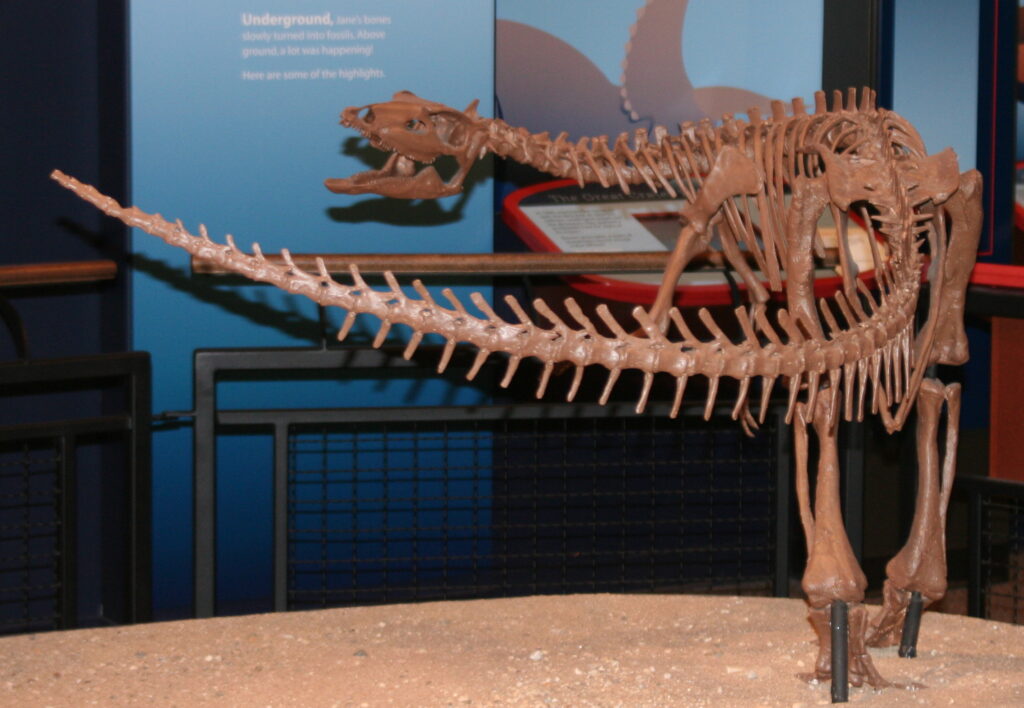
The relationship between scientific understanding of dinosaurs and religious perspectives continues to evolve through increasingly nuanced dialogue between scientists, theologians, and educators. Organizations dedicated to science-faith dialogue, such as the American Scientific Affiliation and the Faraday Institute, provide forums where evolutionary science and religious belief can be discussed respectfully without forcing false choices between them. Many religious scientists describe maintaining a “complementary” view where scientific and religious explanations address different aspects of reality rather than competing directly. Contemporary theologians have developed sophisticated interpretations of creation texts that appreciate their ancient Near Eastern context rather than reading them as scientific accounts, allowing religious communities to engage positively with paleontological discoveries. Some religious traditions have issued formal statements acknowledging the compatibility of their theological understandings with evolutionary science, such as the Catholic Church’s recognition that “evolution in nature is not inconsistent with the notion of creation.” Educational approaches are similarly evolving, with some religious schools now teaching mainstream evolutionary science while helping students explore its relationship to faith traditions. This ongoing dialogue suggests that the relationship between dinosaur science and religious belief continues to develop in ways that move beyond simplistic conflict narratives.
Conclusion

The discovery of dinosaurs triggered one of the most significant intersections of scientific advancement and religious thought in modern history. From Mary Anning’s pioneering excavations to the latest paleontological research using advanced technology, our understanding of these prehistoric creatures has continuously expanded, challenging and reshaping how we view Earth’s history. The resulting debates—spanning classrooms, courtrooms, museums, and places of worship—reveal deeper questions about how we integrate new knowledge with existing belief systems. Rather than representing a simple conflict between science and religion, the dinosaur-evolution debate reflects the complex ways human societies respond to evidence that challenges established worldviews. As paleontology continues to uncover new insights about prehistoric life, and as religious thinking continues to engage with scientific discovery, this fascinating dialogue between empirical evidence and faith traditions remains very much alive, demonstrating humanity’s ongoing quest to understand both our world and our place within it.

